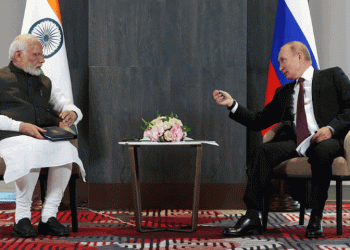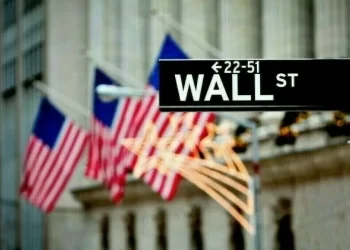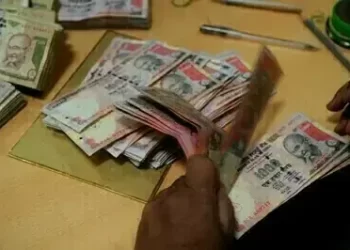SYDNEY: The Australian and New Zealand dollars are headed for solid weekly gains after a wild ride this week when Donald Trump’s US election victory took them to three-month lows before hopes of fresh China stimulus spurred a strong rally.
Beijing will conclude its five-day meeting of the Standing Committee of the National People’s Congress (NPC) later in the day as expectations grew that the government will roll out a large stimulus package to counter the impact from hefty tariffs proposed by Trump.
The Aussie held at $0.6660, having jumped 1.7% overnight to as far as $0.6687, a two-week high.
It has more than recovered all of the losses from Trump winning the White House which saw it plunge to $0.6510, and is now headed for a weekly rise of 1.5%, the biggest since August.
In a bullish sign, it rebounded back above the 200-day moving average of $0.6629, which is now the near-term support. The kiwi dollar hovered at $0.6012, after gaining 1.4% overnight to a two-week high of $0.6037.
Similiarly, it is set for a weekly gain of 0.8%. Overnight, traders closed out some profitable bets on Trump trades after his election victory.
Treasury yields pulled back from their multi-month tops as the Federal Reserve cut interest rates by 25 basis points in a widely expected move.
The dollar retreated 0.7% against its peers.
Buoyant risk sentiment also helped the Antipodeans rebound, as well as higher commodity prices. Coal prices surged almost 5%, while copper prices and iron ore prices rebounded overnight.
TD Securities now expect Fed to pause easing in the first half next year in reaction to Trump’s tariff and immigration policy.
That’s also why it now expects the Reserve Bank of Australia will not be cutting until August next year.
Australia, NZ dollars bounce after sharp sell-off as investors eye China stimulus
“Along with additional China stimulus measures, both take the pressure off the RBA needing to act. US and China data could surprise to the upside,” said Prashant Newnaha, senior Asia-Pacific rates strategist at TD Securities.
Indeed, Deutsche Bank expects prices for iron ore – Australia’s biggest export item – could reach as high as $130 per tonne on the back of stimulus measures from Beijing, a boon for government revenues.
Swaps still suggest May is the most likely timing for the RBA to start easing, way lagging other major economies. Across the Tasman, pricing for the Reserve Bank of New Zealand (RBNZ) is far more dovish given it has already cut rates by 75 basis points in two meetings.
Swap rates are fully priced for a further cut of 50 basis points in the 4.75% cash rate when the RBNZ meets on Nov. 27, and have a small chance of 75 basis points.








